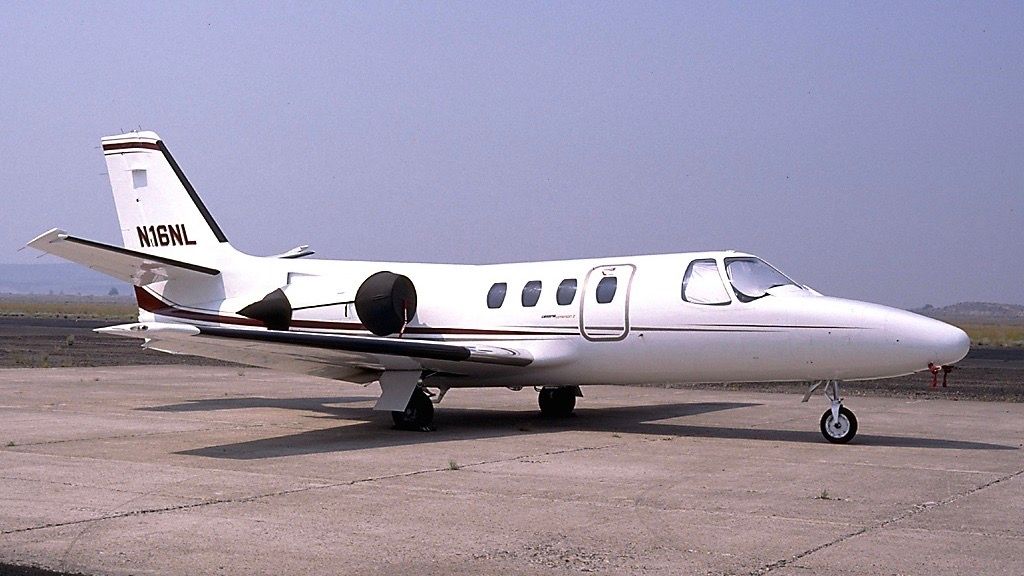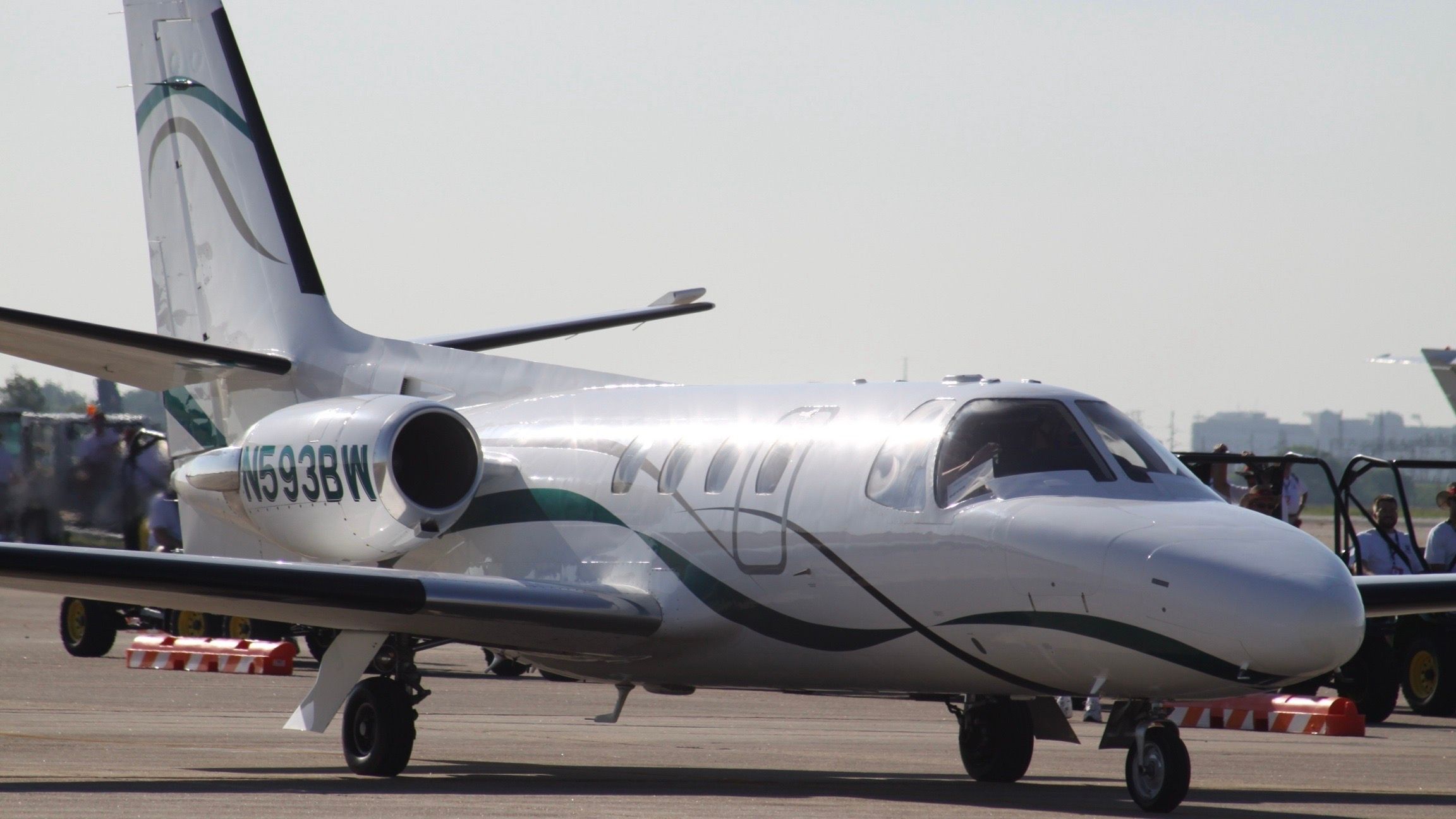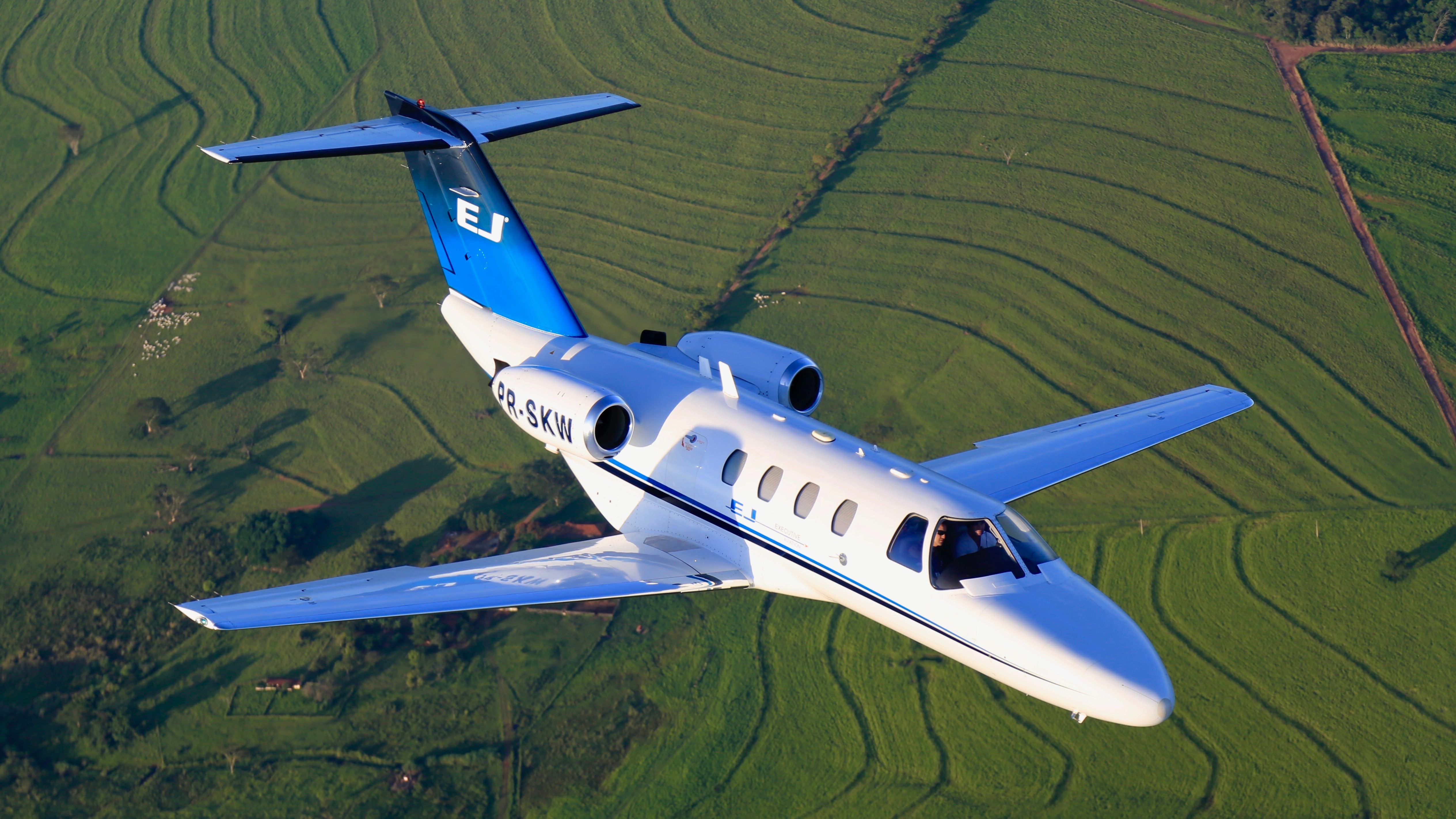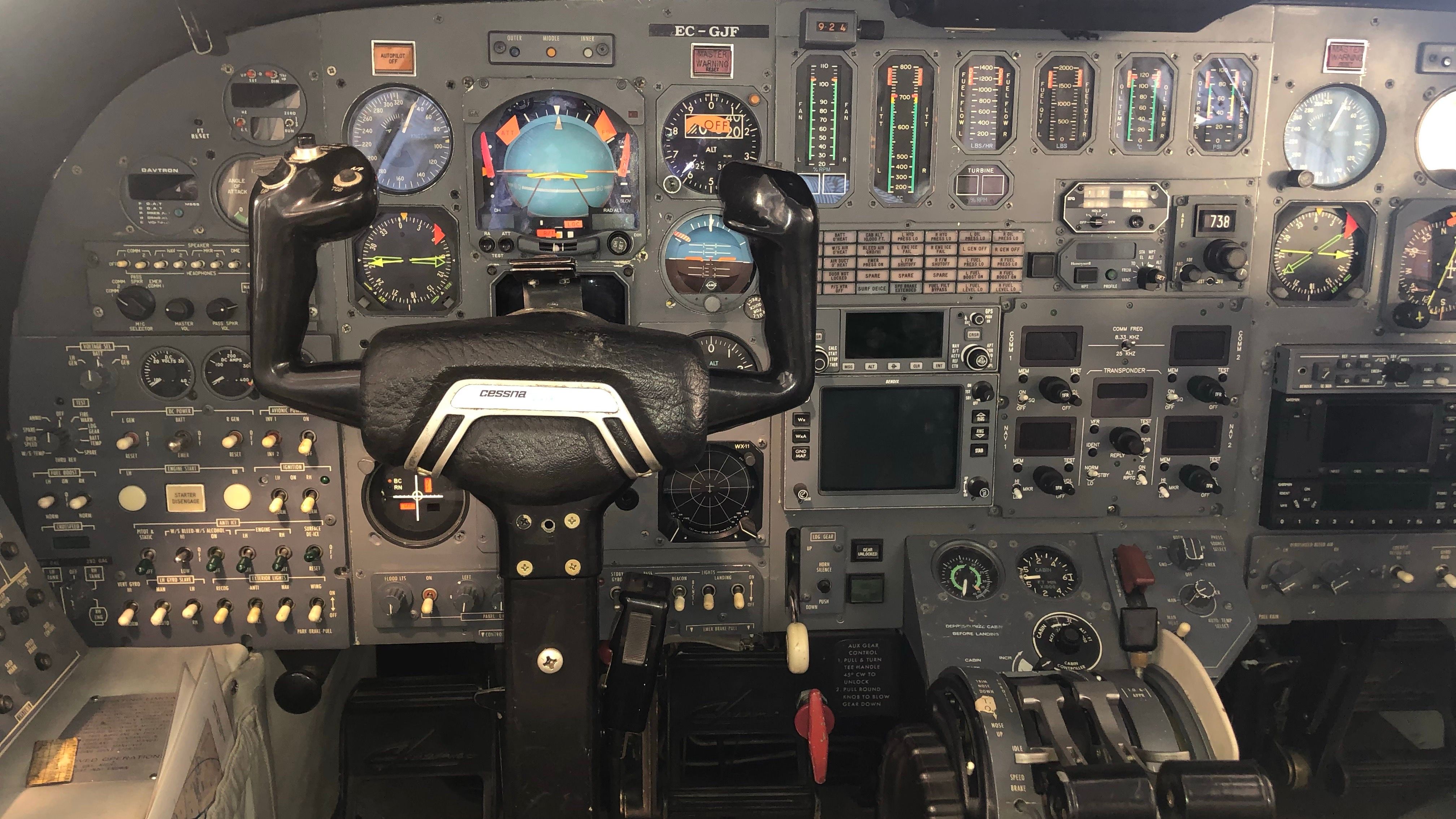Summary
- The Cessna Citation I was designed to be cost-efficient and easy to fly, appealing to amateur owner-pilots.
- Pratt and Whitney turbofan engines enhanced speed and range and raised the service ceiling to 41,000 ft.
- Although slow compared to competitors, the well-built Citation I is still operational today with upgraded interiors and avionics.
The Cessna 500 or Citation I is a small light business jet and at the very basis of the top-selling Cessna Citation family. It was a challenge of its time and although successful and sturdy, it was often ridiculed for its lack of speed in comparison to other aircraft at the time. A popular little private jet, the aircraft is still in use today. Let’s take a further look at the Cessna Citation I.
A little background
In the late 1960s, aircraft manufacturers such as Beechcraft, Cessna and Piper, saw that there was a gap in the market for a small, light business jet. Although previous similar projects had not met with any success, they still wanted to take on the challenge. At the same time, Learjet had produced an aircraft, the Learjet 23, and then the later Learjet 35A in 1976, which was a runaway success.
Previously, Beechcraft and Cessna had only produced piston engine aircraft, but now had to rethink about producing a turbine engine aircraft. Beechcraft came up with the King Air 90 and Cessna wanted to make an aircraft that could compete with it. They believed that there was a market for a jet faster than the King Air 90 but still easy to fly and was inexpensive to buy and maintain. It would be able to use small airports and short runways and would appeal to amateur owner-pilots who would fly it themselves.
Development of the aircraft
It was originally named the Fanjet 500, but then Cessna lengthened the fuselage, added a larger tail and repositioned the engine nacelles. The Cessna 500 was first announced in 1968, first flew in 1969 and was finally certified as the 500 Citation in September 1971. It was upgraded in 1976 and renamed the Citation I. It had a higher gross weight and increased wingspan and optional thrust reversers were added. The Citation I wing was straight and not swept like its competitors.
The new Pratt and Whitney Canada JT15D-1A turbofan engines, which created 2,200 pounds of thrust, gave the aircraft more speed and range than before. The service ceiling was raised from 35,000 feet to 41,000 feet. The Citation I could travel at a speed of 411 miles per hour and the range was 1528 miles, enough to fly from New York to Atlanta.
The Citation I could seat five passengers comfortably in a standard configuration with two crew. Two more seats could be added on a side divan or by foregoing the small semi-enclosed lavatory. It could hold around seven pieces of hand luggage and was suited to flying short hops of under two hours.
Specifications of the aircraft
(Data from Jane’s Civil and Military Aircraft Upgrades 1994-95)
General characteristics:
- Crew: Two (One pilot on I/SP)
- Capacity: 5 passengers
- Length: 43 ft 6 in (13.26 m)
- Wingspan: 47 ft 1 in (14.35 m)
- Height: 14 ft 4 in (4.37 m)
- Wing area: 278.5 sq ft (25.87 m2)
- Aspect ratio: 7.83:1
- Empty weight: 6,631 lb (3,008 kg)
- Max takeoff weight: 11,850 lb (5,375 kg)
- Fuel capacity: 564 US gal (470 imp gal; 2,130 L) usable fuel
- Powerplant: 2 × Pratt & Whitney Canada JT15D1B turbofans, 2,200 lbf (9.8 kN) thrust each
Performance: (above 28,000 ft (8,500 m)
- Maximum speed: Mach 0.705
- Cruise speed: 357 kn (411 mph, 661 km/h) at 35,000 ft (11,000 m)
- Stall speed: 82 kn (94 mph, 152 km/h)
- Range: 1,328 nmi (1,528 mi, 2,459 km) at 41,000 ft (12,000 m) (45 min reserves, 1,562 lb (709 kg) payload)
- Service ceiling: 41,000 ft (12,000 m)
- Rate of climb: 2,719 ft/min (13.81 m/s)
 Variants and changes
Variants and changes
A single pilot version of the Citation I came out in the following year, the 501 Citation I/SP. In total, there were 689 of the aircraft produced when Cessna ceased production in 1985. Production stopped when the price difference between the Citation I and Citation II was practically the same and there were more buyers for the faster, newer aircraft.
|
Citation and Citation I |
395 produced 1969 – 1985 |
|
Citation I/ISP |
296 produced 1977 -1985 |
The Citation I later developed into the Citation II/Bravo and the Citation V/Ultra/Encore. When it was first announced, the aircraft cost $695,000. At the time, the aircraft was ridiculed as it was slow compared to the Learjet. Cessna named the aircraft the Citation, after a thoroughbred horse. Learjet sales teams called it the ‘Nearjet’ and the ‘Slowtation’.
Today’s market?
Although no longer made, there are many Citation I still in service. The sturdy airframe was built to last decades and now dated interiors are often refitted and avionics upgraded. A pre-owned Cessna Citation I can be bought for upwards of $300,000 and for a 1980 model you could pay $700,000. The aircraft is still slower than the similar age Dassault Falcon 10 or the Learjet 35A but the Citation I has less per-mile, direct operating costs.




